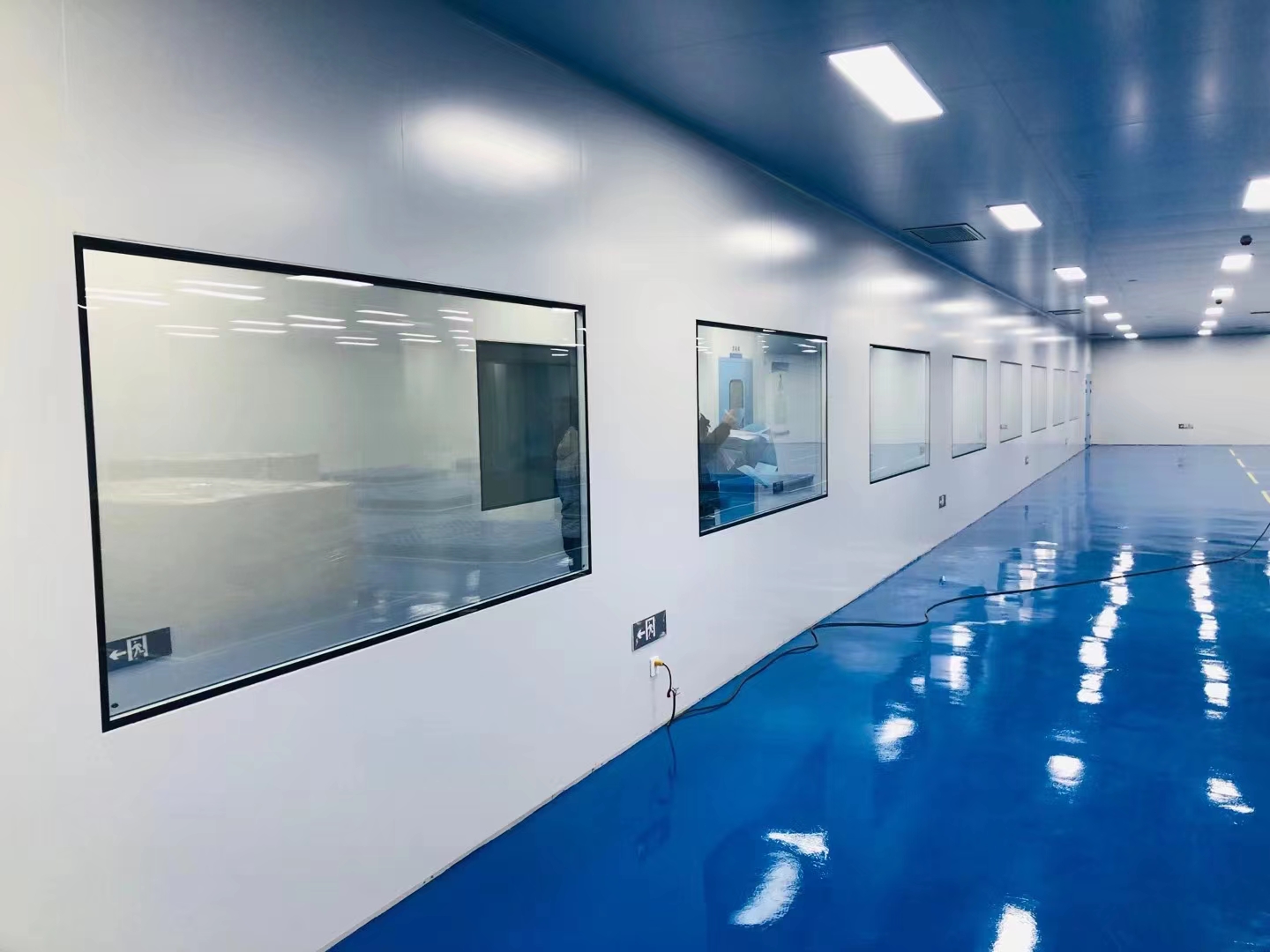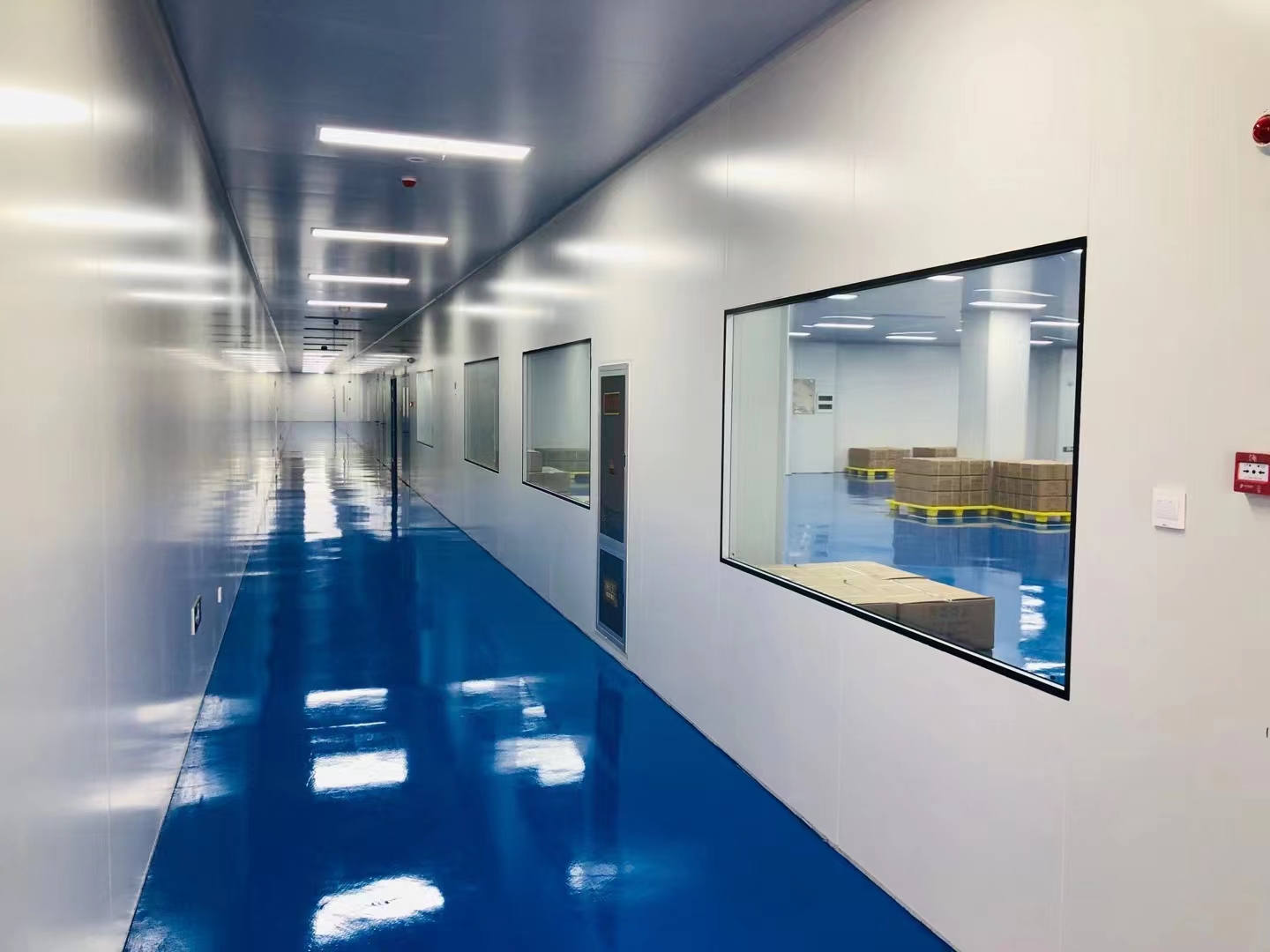

The birth of cleanroom
The emergence and development of all technologies are due to production needs. Cleanroom technology is no exception. During World War II, the United States produced air-floating gyroscopes for aircraft navigation. Due to unstable quality, every 10 gyroscopes had to be reworked an average of 120 times. During the Korean War in the early 1950s, the United States replaced more than one million electronic components in 160,000 electronic communication equipment. Radars failed 84% of the time and submarine sonars failed 48% of the time. The reason is that the reliability of electronic devices and parts is poor and the quality is unstable. The military and manufacturers investigated the reasons and finally determined from many aspects that it was related to the unclean production environment. Although various strict measures were taken to close the production workshop at that time, the effect was minimal. So this is the birth of cleanroom!
Development of cleanroom
The first stage
It was not until the early 1950s that the HEPA (High Efficiency Particulate Air Filter) developed by the U.S. Atomic Energy Commission in 1951 to solve the problem of capturing radioactive dust that is harmful to the human body was applied to the air supply filtration of the production workshop, and the modern cleanroom was truly born.
The second stage
In 1961, Willis Whitfield, a senior researcher at Sandia National Laboratories in the United States, proposed a clean air flow organization scheme, which was then called laminar flow, now officially called unidirectional flow, and applied it to actual engineering. Since then, clean rooms have reached an unprecedented higher cleanliness level.
The third stage
In the same year, the U.S. Air Force formulated and issued the world's first clean room standard TO-00-25--203 Air Force Directive "Design and Operation Characteristics Standards for Cleanroom and Clean Bench". On this basis, the U.S. Federal Standard FED-STD-209, which divides clean room into three levels, was announced in December 1963. So far, the prototype of a complete cleanroom technology has been formed.
The above three key advances are often praised as three milestones in the history of modern cleanroom development.
In the mid-1960s, cleanrooms sprang up in various industrial sectors in the United States. It is not only used in the military industry, but also promoted in electronics, optics, micro bearings, micro motors, photosensitive films, ultrapure chemical reagents and other industrial sectors, which played a great role in promoting the development of science and technology and industry at that time. For this reason, the following is a detailed introduction at home and abroad.
Development Comparison
Abroad
In the early 1950s, the U.S. Atomic Energy Commission introduced the high-efficiency particulate air filter (HEPA) in 1950 to solve the problem of capturing radioactive dust that is harmful to the human body, becoming the first milestone in the history of clean technology development.
In the mid-1960s, cleanroom in factories such as electronic precision machinery in the United States sprang up like mushrooms after rain, and at the same time began the process of transplanting industrial cleanroom technology to biological cleanrooms. In 1961, laminar flow (unidirectional flow) cleanroom were born. The world's earliest cleanroom standard-the U.S. Air Force Technical Regulations 203 was formed.
In the early 1970s, the focus of cleanroom construction began to shift to medical, pharmaceutical, food and biochemical industries. In addition to the United States, other advanced industrial countries, such as Japan, Germany, Britain, France, Switzerland, the former Soviet Union, and the Netherlands, have also attached great importance to and vigorously developed cleanroom technology.
After the 1980s, the United States and Japan have successfully developed new ultra-high efficiency filters with a filtration object of 0.1μm and a capture efficiency of 99.99%. Finally, ultra-high-level clean rooms of 0.1μm level 10 and 0.1μm level 1 were built, which brought the development of cleanroom technology into a new era.
Domestic
From the early 1960s to the late 1970s, these ten years were the starting and foundation stage of China's cleanroom technology. It was roughly ten years later than foreign countries. It was a very special and difficult era, with a weak economy and no diplomacy with powerful countries. Under such difficult conditions, around the needs of precision machinery, aviation instruments and electronic industries, China's cleanroom technology workers began their own entrepreneurial journey.
From the late 1970s to the late 1980s, during this decade, China's cleanroom technology experienced a sunny development stage. In the development of China's cleanroom technology, many landmark and important achievements were almost born in this stage. The indicators reached the technical level of foreign countries in the 1980s.
Since the early 1990s, China's economy has maintained a stable and high-speed growth, with continuous international investment, and a number of multinational groups have successively built numerous microelectronics factories in China. Therefore, domestic technology and researchers have more opportunities to directly contact the design concepts of foreign high-level cleanroom, understand the world's advanced equipment and devices, management and maintenance, etc.
With the development of science and technology, China's cleanroom enterprises have also developed rapidly.
As people's living standards continue to improve, their requirements for living environment and quality of life are getting higher and higher, and cleanroom engineering technology has gradually been applied to home air purification. At present, China's cleanroom engineering is not only applicable to electronics, electrical appliances, medicine, food, scientific research and other industries, but also likely to move towards home, public entertainment and other places, educational institutions, etc. The continuous development of science and technology has gradually promoted cleanroom engineering companies to thousands of households, and the scale of the domestic cleanroom industry has also grown, and people have begun to slowly enjoy the effects of cleanroom engineering.
Post time: Jul-22-2024

